Richard Pérez Seves has written a thorough and visually engrossing study of fetish artist Eric Stanton and the world he lived in. Stanton was one of the major artists to define the post-WWII American style of fetish and BDSM art, when this genre was very much underground. Seves managed to get access to impressive quantities of ephemera of the artist’s life and interviews with his friends and families.
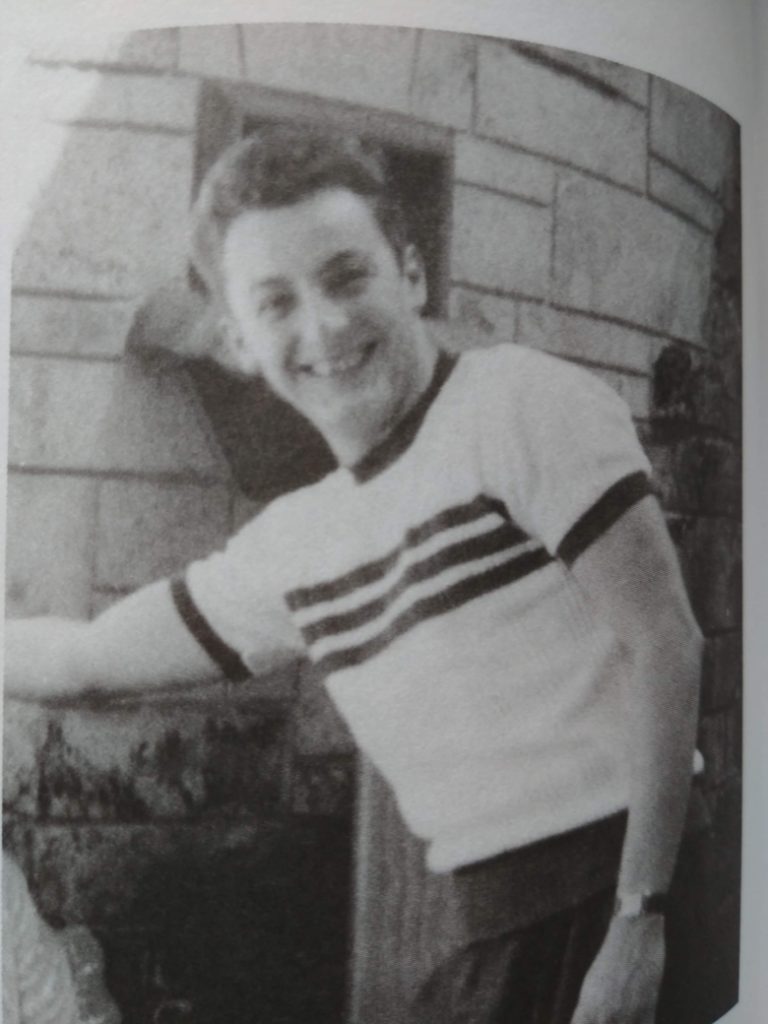
Born “Ernest Stanzoni Jr.” in Brooklyn, 1926, Stanton’s youth coincided with the nascent medium of American comic books. Quarantined at home because of his sister’s illnesses, young Stanton began learning to draw from tracing comics, especially to draw aggressive, leggy women. He was a fan of comics like Wonder Woman and films the Republic’s The Perils of Nyoka, both full of bondage and powerful women. Drafted into the US Navy but too late to see action in WWII, Stanton did pinups on scraps of paper and handkerchiefs for his fellow sailors.
After discharge, Stanton did a knife throwing act in nightclubs. He got into the comics business through a friend’s uncle, named Boody Rogers, who had invented a hillbilly girl character with superhuman strength named Babe. As an assistant, Stanton learned the business and did some of the original pencil and ink work. After this, he spotted an ad in a girlie magazine for a comic about wrestling women, but was so disappointed with what he purchased that he wrote in and said he could do better. This led to a meeting with Irving Klaw and the beginning of his lifelong career of fetish art.

Robert Bienvenu talked about the dynamic of the early fetish media community, a dialectic between profiteers (like Irving Klaw, Leonard Burtman and Eddie Mishkin) and producer-practitioners (like John “Willie” Coutts). Stanton definitely fell on the producer-practitioner side, as most of his artistic work was fetish fantasies, and he had a tense relationship with publishers like Klaw and Mishkin. Stanton deeply regretted putting a bra and panties on a nude woman in one of Coutts’ illustrations, on Klaw’s orders. He often struggled with payment issues and lost control of his original artwork.
However, Stanton apparently didn’t do any kink in his personal life. Some of this may be due to circumstances, such as being married to Grace, his first wife, who regarded his work as “filth”, or suffering from a debilitating back injury for much of his adulthood. Maybe reality could never live up to his imagination.
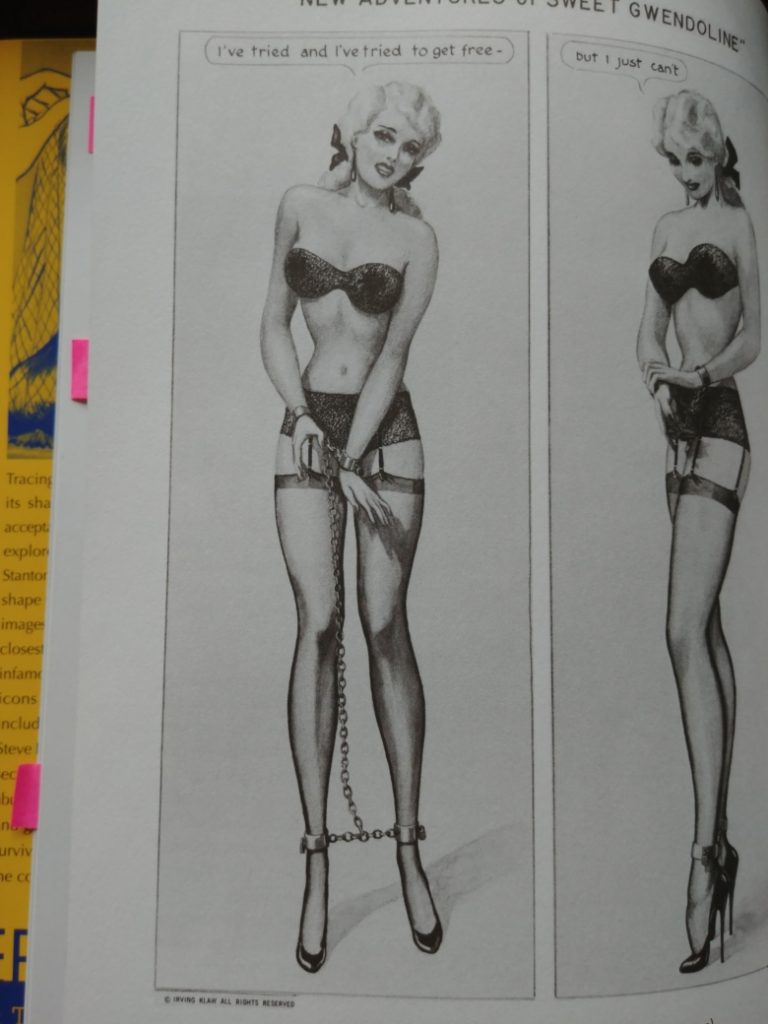
Stanton also went to art school with fellow fetish artist Gene Bilbrew (aka “Eneg”, “Bondi”, etc) and future Marvel Comics artist Steve Ditko. Stanton and Ditko were an odd-couple partnership, who shared office space and often collaborated. Ditko partnered with Stanton on fetish art under the alias “Jon Bee”, while Stanton helped out with the pencils on some of Ditko’s early work on Dr. Strange comics. Stanton, ultimately, had little interest in the narrative possibilities of sequential art, and arguably was more of a pinup artist.
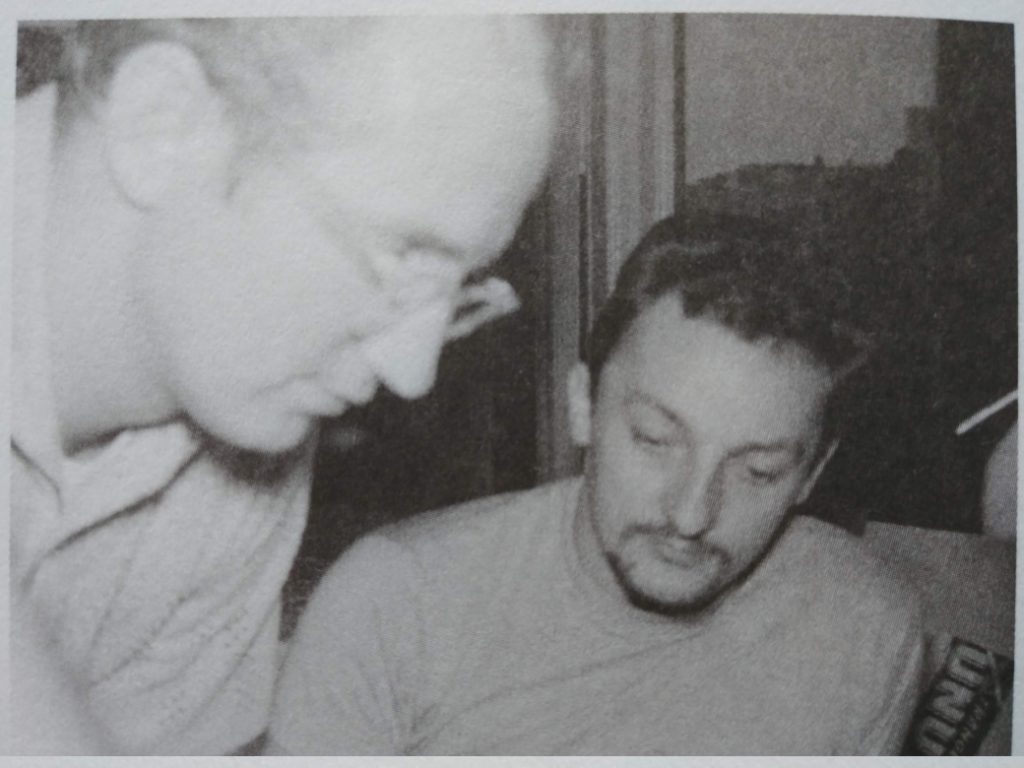
While the artistic partnership between Ditko and Stanton is well established, Seves claims that Stanton was a major contributor to the creation of Spider-Man, helping Ditko develop a germ of an idea from Stan Lee and Jack Kirby. The author cites the character’s full-body, form-fitting suit and full-face mask, common in Stanton’s fetish art but rarely seen on superheroes; the webbing texture on the costume, resembling fishnet stockings; and the way his webbing wraps around targets like bondage. There are also some spider-motifs in Stanton-Ditko fetish art of this period. Even Peter Parker’s Aunt Mae is supposedly based on Stanton’s Aunt May, who looked after him when he was a sick child.
Personally, I’m not entirely convinced Stanton was a major influence, but I am tickled at the thought that another major superhero (besides Wonder Woman) has roots in the worlds of fetish and bondage art. Stanton himself, in his rare interviews, downplayed any involvement in the creation of Spider-Man, whether out of shyness or to help his friend’s career.
The classic American fetish era came to an end in the late 1960s. The publishers, like Mishkin and Burtman, went down under police investigations, court trials, and prison terms. Once-underground fetishes like bondage and wrestling were absorbed into porn publishers. Loosened government censorship allowed more hardcore material.
Stanton emerged from end of this era in much better shape. As the 70s progressed, Stanton learned to manage his back injury with yoga instead of painkillers. He married a woman who was far more understanding about his work than his first wife, and they had a family that helped him put to rest his guilt over giving up access to the children from his first marriage. Finally, he remade himself into an independent creator of fetish art. Publisher Stanley Malkin bequeathed to Stanton a mailing list of about 20,000 names, which, combined with Stanton’s talent and reputation, was the foundation of the Stanton Archives.
The most frustrating thing about this book is that Stanton himself is a bit of a cipher. He was an unusual case in that he was first and foremost a fetish artist, and any other work he did was incidental. (Compare this to Touko Laaksonen, aka “Tom of Finland”, who worked as a commercial artist while secretly making gay erotica.) While Stanton did some female submissive and queer art, mostly he liked big aggressive women and that’s what he made. If Stanton had any particular artistic statement or philosophy, it’s a mystery. “Who really knows,” he said in a 1978 interview (pg.23) He just kept working in the same field until his death in 1999.
It’s a shame that we’ll probably never get biographies this detailed for other artists and publishers and writers of this era, like John “Willie” Coutts or Gene “Eneg” Bilbrew. This book gives us a window into the roots of the modern fetish and BDSM culture.
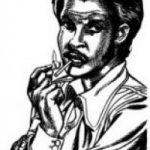

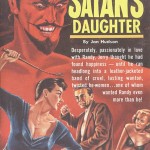

[…] Seves’ previous work on Eric Stanton gave an interesting picture of a man, his work and his time. However, the author has less to work […]